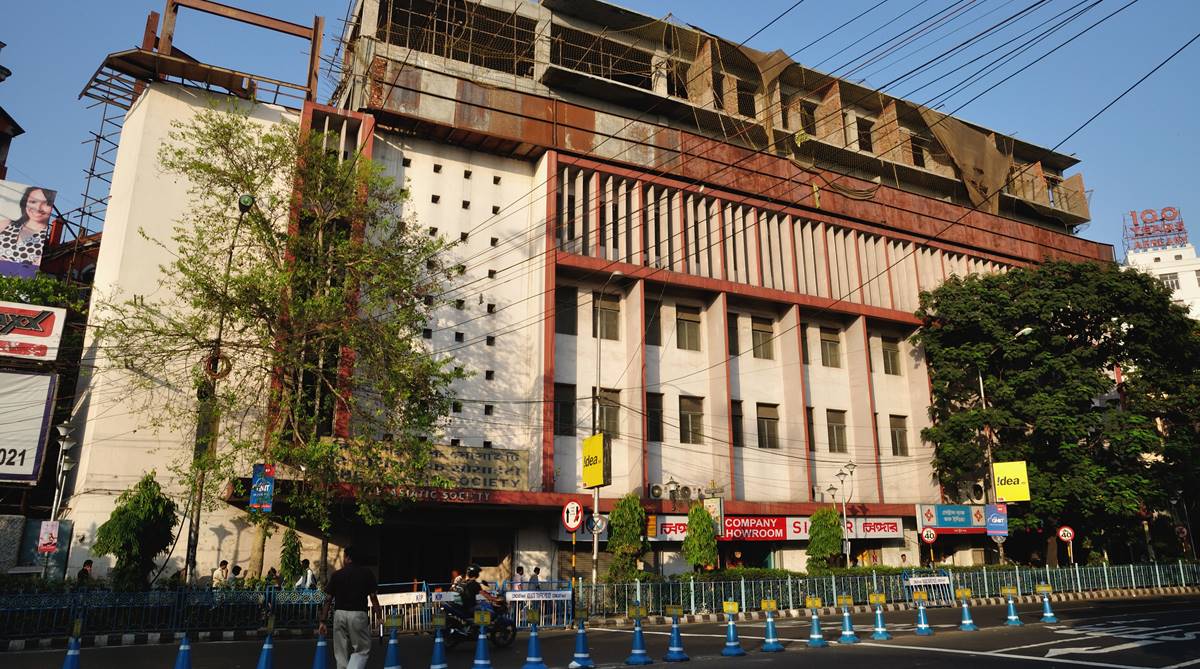Established in 1784 under the guidance of Sir William Jones, the great pioneer of the discipline of Indology who laid down a broad mandate to the Asiatic Society Calcutta to ensure that its work covered all aspects of life and nature, the society’s interest in the eastern frontier of the Bengal Presidency, that is, North East India and Burma began soon after extension of British power to this vast region. Its pioneering studies of Garo and Lushei language and studies on cultures of the Brahmaputra valley and adjoining Hills and Manipur created among the people, especially among the Hill Tribes, a cultural base for social cohesion and identity formation in the modern era.
It is heartening to note that under Dr. SB Chakrabarti, the society’s present General Secretary who had earlier served as an anthropologist in Shillong, North-east studies have been accorded a well deserved priority in the society’s programme.
This is evident from several initiatives: first, the institution of the KK Handique Memorial Lecture to remind the present generation of the work of a great scholar and second, its sponsorship of the seminar at Guwahati’s Anundoram Barooah Institute of Language Art and culture on the contribution of Anundoram Barooah, a great scholar and administrator.
It is not known to many even in the North-east that Anundoram Barooah joined the Indian Civil service in 1872 along with RC.Dutt, also a scholar administrator, on being selected through the open competitive examination and was the first Indian to be appointed to the post of the District Magistrate and Collector.
Next, the Society has been sponsoring on regular basis colloquium seminars across the North-east on a wide range of subjects – from historical, anthropological to strategic issues of development and peace building.
The seminars sponsored in December last year at the Diphu campus of the Assam University Silchar on “68 years of the Sixth Schedule of the Indian Constitution”, on “ethnography, historiography and North East” at the Manipur University and on “historiography of the North East region – pre colonial, colonial and post colonial” at the Gauhati University are commendable efforts towards a greater understanding of the complex history of the North-east.
However nothing possibly could sum up better the mission and functioning of the society in the Northeast than the title of the subject the society’s General Secretary, Dr. Chakrabarti, chose as the subject to deliver the second Gangmumei Kamei Memorial lecture at Imphal on 6 January – “ Humane journey into the Nature of Human culture’. However in the backdrop of the continuing tragedy of hapless miners trapped in Meghalaya’s “rat hole mines” – a national shame really – it is necessary that a hard look is given by institutions like the Asiatic Society to the entire issue of changing land relations in Tribal areas and the impact of capitalism, that is, for profit only activities by the new class of tribal capitalists on tribal economy and society.
In this background the decision of the society to observe the 75th anniversary of the formation of the Azad Hind Government and the INA by Netaji Subhas at Singapore by hosting a two-day international seminar on 11 December 2018 may be seen as an initiative to engage in larger issues of nation-building and geopolitical and economic issues of modern Asian history because the INA movement inspired freedom movements among all oppressed peoples of South East Asia then under colonial rule.
There were five Academic sessions covering the formation of the INA and the Azad Hind Government under Netaji, the role of Japan, World War II strategies and the conduct of war in Manipur and Assam by adversaries and the role of women in the INA. Prominent Netaji scholars like Prof Purabi Roy, Prof Chitra Ghose, Maj Gen (Retd) GD Bakshi and Brig (Retd) Chhikara of the INA Netaji Subhash Trust Delhi and especially the presentations of two Russian scholars – Prof T. Zagorodnikova and Dr.Anne A Bychkova – made the audience aware of the Russian perception of the INA movement and its impact on Asia and India’s North-east and how it awakened the Naga and the Manipuri people about their political rights. The seminar brought out the huge support the Kuki people offered to INA for which they as well as many Nagas and Manipuris suffered and little known facts about grant of INA pension to 160 Kukis, several Assamese and 150 Gurkhas in the INA.
A consensus emerged that the role of the INA and its Netaji has to be contextualised and not in isolation: and rather seen as the successful effort to take advantage of Britan’s difficulty in World War II to achieve freedom launched by Netaji Subhas Chandra Bose by obtaining support of the Axis powers with consummate diplomatic skills backed by a strategy which was not seen in India before. Here we must note that this was also the strategy of the Indian revolutionaries like Lala Hardayal and M.N. Roy during World war I as documented in the chapter on German conspiracies in the Rowlatt Report.
For the British it was a pyrrhic victory as the massive unrest in the armed forces across the country the INA movement caused after the war destroyed the British adminitrative will to rule any longer – a fact conceded later by Clement Atlee, the British Prime Minister of that period. Indeed, but for Netaji and the INA all our efforts to gain Independence after World War I might as well appear ineffective in really weakening, not to speak of destroying the British “ will to rule”. And herein lies the strategic role of Netaji as he gave the freedom movement the character of an armed struggle. Netaji Subhas was India’s Garibaldi.
(The writer is a retired IAS officer of the Assam-Meghalaya cadre)












